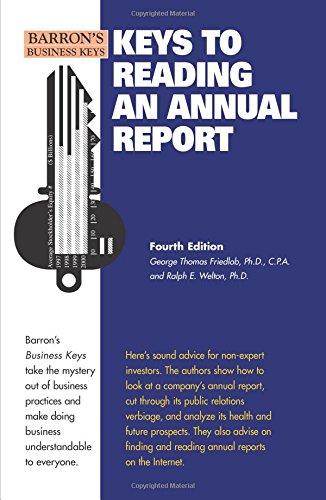Question
Riveredge Manufacturing Company realized too late that it had made a mistake locating its controller's office and its electronic data processing system in the basement.
Riveredge Manufacturing Company realized too late that it had made a mistake locating its controller's office and its electronic data processing system in the basement. Because of the spring thaw, the Mississippi River overflowed its banks on May 2 and flooded the company's basement. Electronic data storage was destroyed, and the company had not provided off-site storage of data. Some of the paper printouts were located but were badly faded and only partially legible. On May 3, when the flooding subsided, company accountants were able to assemble the following factory-related data from the debris and from discussions with various knowledgeable personnel. Data about the following accounts were found:
Raw Material (includes indirect material) Inventory: Balance April 1 was $9,600.
Work in Process Inventory: Balance April 1 was $15,400.
Finished Goods Inventory: Balance April 30 was $13,200.
Total company payroll cost for April was $58,400.
Accounts payable balance April 30 was $36,000.
Indirect material used in April cost $11,600.
Other nonmaterial and nonlabor overhead items for April totaled $5,000.
Payroll records, kept at an across-town service center that processes the company's payroll, showed that April's direct labor amounted to $36,400 and represented 8,800 labor hours. Indirect factory labor amounted to $10,800 in April.
The president's office had a file copy of the production budget for the current year. It revealed that the predetermined OH rate is based on planned annual DL hours of 100,800 and expected factory OH of $302,400.
Discussion with the factory superintendent indicated that only two jobs remained unfinished on April 30. Fortunately, the superintendent also had copies of the job cost sheets that showed a combined total of $4,800 of DM and $9,000 of DL. The DL hours on these jobs totaled 2,144. Both of these jobs had been started during April. Note: Use this information to compute the ending WIP balance.
A badly faded copy of April's Cost of Goods Manufactured and Sold Schedule showed cost of goods manufactured was $96,000, and the April 1 Finished Goods Inventory was $16,800.
The treasurer's office files copies of paid invoices chronologically. All invoices are for raw material purchased on account. Examination of these files revealed that unpaid invoices on April 1 amounted to $12,200; $56,000 of purchases had been made during April; and $36,000 of unpaid invoices existed on April 30.
1.Determine the predetermined overhead rate for the period:
$______ per DLH
2.How much overhead was applied to WIP during the period?
3.What is the ending balance in WIP?
4.Calculate the cost of direct materials used in April.
5.What was the cost of raw materials used (both direct and indirect) in production in April?
6.Calculate the April 30 balance of Raw Material Inventory.
7.Was manufacturing overhead underapplied or overapplied for April?
8.Determine the amount of underapplied or overapplied overhead for April
9.What is the Cost of Goods Sold for April before manufacturing overhead is closed out?
10.Manufacturing overhead will be closed out to cost of good sold. To close manufacturing overhead it must be:
11.What is cost of good sold after manufacturing overhead is closed out?
12. How much did the company pay for raw materials purchased in April?
13.How much did the company incur for non-manufacturing wages for April?
14.Determine the hourly rate paid to the direct labor workers (round to the nearest cent).
Step by Step Solution
There are 3 Steps involved in it
Step: 1

Get Instant Access to Expert-Tailored Solutions
See step-by-step solutions with expert insights and AI powered tools for academic success
Step: 2

Step: 3

Ace Your Homework with AI
Get the answers you need in no time with our AI-driven, step-by-step assistance
Get Started


